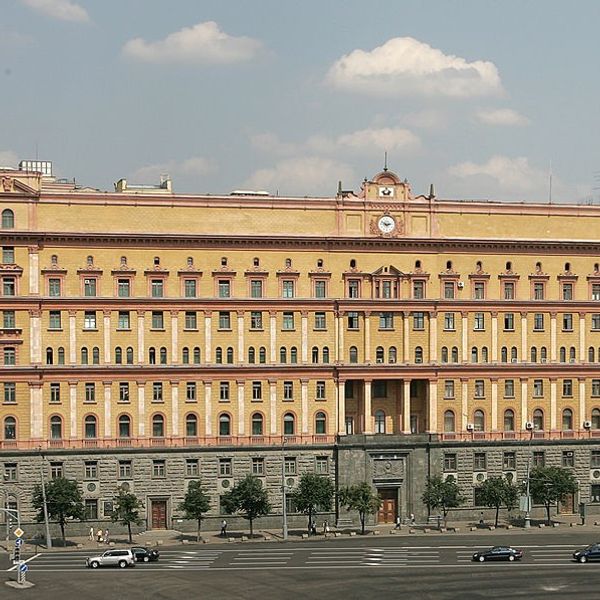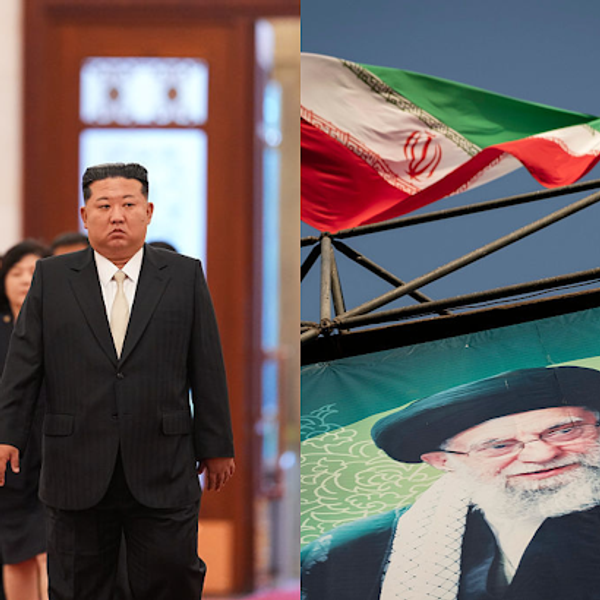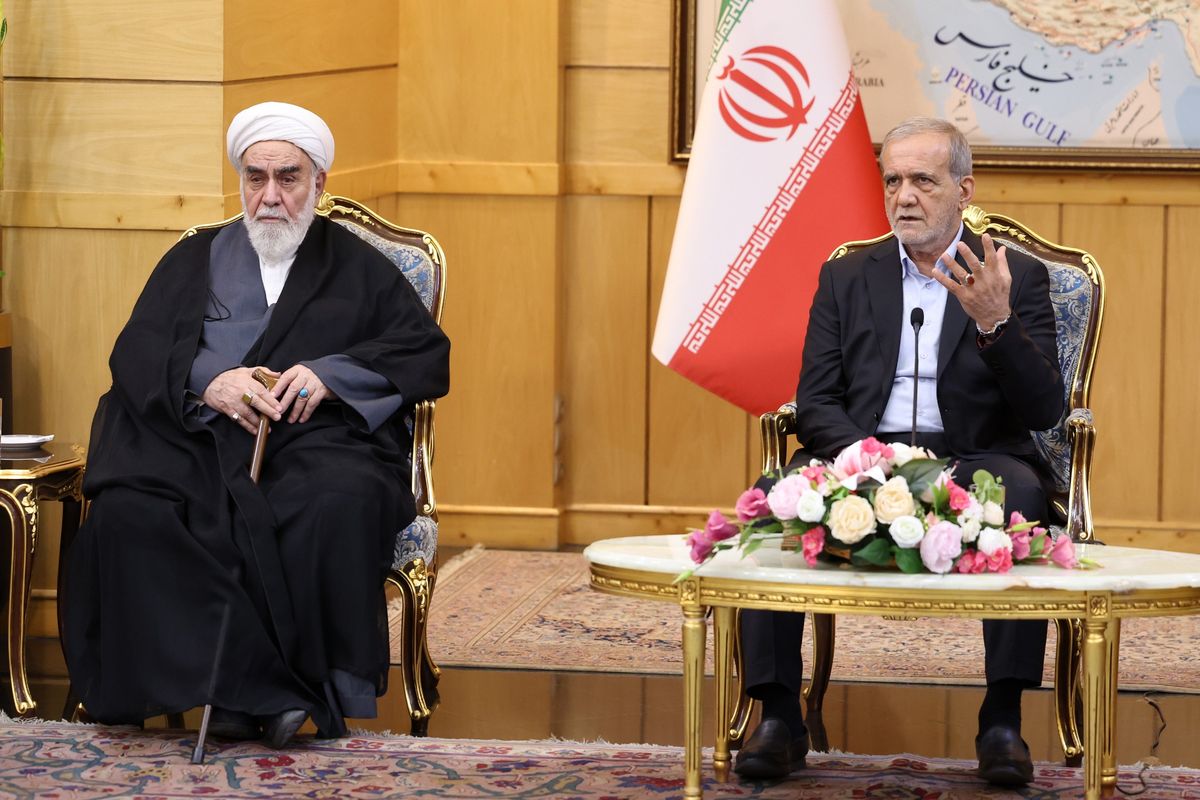Pressure is growing for development of a new, U.S., low-yield, land-based or air-launched, tactical nuclear weapon as a response to Russia’s recent deployment of a nuclear-capable, intermediate-range, land-based cruise missile.
The newly deployed Russian cruise missile poses a risk to most American and NATO military facilities in Europe and “violates the spirit and intent” of the 1987 U.S.-Soviet Union Intermediate Nuclear Forces Treaty (INF), according to Air Force Gen. Paul Selva, Vice Chief of the Joint Chiefs of Staff. That treaty prohibited development and deployment of such weapons in Europe by the two signatory nations.
Moscow’s cruise missile appears to be part of Russian President Vladimir Putin’s publicly discussed nuclear doctrine that threatens the use of low-yield nuclear weapons to make up for NATO’s current European advantage in conventional forces.
“We have conferred with the Russians in a bilateral consultation committee that exist underneath the [2010] New START Treaty in order to confront them on that [cruise missile] deployment,” Selva told the House Armed Services Committee during his testimony last Thursday.
The Trump administration’s response, Selva said, has been to tell the Pentagon “to incorporate a set of options into the Nuclear Posture Review (NPR),” the broad study to modernize U.S. nuclear weapons and its associated infrastructure that was included as part of the Executive Order the president signed January 27 at the Pentagon.
Remember Trump’s nuclear weapons comment during a February 23 interview with Reuters, “We’re never going to fall behind any country even if it’s a friendly country, we’re never going to fall behind on nuclear power.”
In a December report entitled “Seven Defense Priorities for the New Administration,” the prestigious Defense Science Board recommended as “a hedging thrust for responding to future uncertainties” in the nuclear weapons area the development of “lower yield, primary-only options.”
The report noted that in 1993, Congress voted against developing a new low yield warhead, and as a result, the Defense and Energy Departments stopped all exploratory and advanced development of such a weapon. However, the report pointed out that Congress, in 2016 legislation, included a call for renewing such research and development.
Nuclear weapons experts point to a 2014 revision of Russian military doctrine that continues the idea, first announced in 2010, that Moscow would employ first-use of tactical nuclear weapons in situations where “the very existence of the state” is under threat.
Some refer back to a 1999 large-scale Russian military exercise, Zapad-99, when then-Defense Minister Igor Sergeyev announced Russian nuclear-armed cruise missiles were used in this war game to turn back NATO conventional forces, which had intervened in local uprisings in the Russian enclave of Kaliningrad.
Zapad-99 was mentioned last Wednesday at a Senate Armed Services Subcommittee hearing by Dr. Keith B. Payne, who served in the Defense Department during the George W. Bush administration and directs strategic studies at the non-profit, National Institute for Public Policy,
Payne said in his prepared statement, “According to Russian military writings and exercises, as reported, the West is expected to concede in the face of Russian nuclear escalation threats or limited nuclear first use.”
“Modernizing the U.S. nuclear triad, to include some very low-yield options on accurate U.S. strategic missile systems,” was one of Payne’s recommendations.
Gen. Selva, at Thursday’s House hearing, said the Pentagon had been looking at U.S. nuclear doctrine in the wake of Russia expressing “in their rhetoric a willingness to use nuclear weapons where they may or may not be actually exercising the operation capability to do so.”
In response, Selva said, “We've done several war games and exercises over the last couple of years; we are not done with that process." But, he added, “We've begun an investigation of a series of potential strategy changes, many of which will have to be incorporated into the Nuclear Posture Review.”
Another witness at the House hearing, Air Force Gen. John E. Hyten, the head of Strategic Command, said he and others would discuss in closed session specific nuclear plans. But he added, “Our force structure now actually has a number of capabilities that provide the president of the United States a variety of options to respond to any numbers of threats,” meaning low yield weapons.
As an aside, Hyten questioned the concept of tactical nuclear weapons. “I believe that anybody that employs a nuclear weapon in the world has created a strategic effect; and all nuclear weapons are strategic.”
In short, in Hyten’s view, any first use of any nuclear weapon, no matter its low yield, will quickly lead to escalation.
The Thursday House hearing, which also included Adm. Bill Moran, Vice Chief of Naval Operations and Gen Stephen Wilson, Air Force Vice Chief of Staff, provided a detailed update on the 30-year, multi-billion-dollar upgrade of the U.S. nuclear complex and delivery systems currently underway.
Selva said, “According to current projections, the Department of Defense will increase spending on the nuclear deterrent from 3.2% of its FY 2016 budget to 6.5% of its annual budget in the late 2020s.”
The current 14 Ohio Class strategic nuclear submarines, the first of which completed its first patrol in 1985, will reach the end of its service in the late 2020s. Their service lives have already been extended from 30 years to 42 years.
They will be replaced by 12 new Columbia-class submarines, the first of which will start patrols in fiscal 2031. During the 2030s, the Navy will only operate 10 strategic submarines, as the transition from Ohio-class to Columbia-class takes place, with the full fleet of 12 Columbia-class being reached in 2041.
Thereafter, the Columbia-class will be in service into the 2080s.
All strategic submarines are equipped with Trident II (D5), sub-launched ballistic missiles. First deployed in the early 1990s, the D5s are being modernized to extend their service life from 25 years to 50 years.
The Air Force currently has 47 B-52 and 19 B-2 strategic bombers. The B-52s, most built in the 1960s, are used for both conventional and nuclear missions. Through continued modernization programs, they are expected to be available until 2050.
The B-2 penetrating bomber, thanks to its stealth capability, is expected to be in service through the late 2020s.
Replacement for both will be the B-21, now being developed. It will have long-range, stealth penetrating capability and carry mixed payloads. At a cost of some $564 million each, the Air Force is seeking to procure at least 100 B-21s.
In addition, to give the strategic bombers more flexibility, the Air Force is seeking to purchase 1,000 Long Range Standoff air-launched missiles (LRSOs), which are expected to provide nuclear penetrating capability through 2060.
The U.S. also maintains an inventory of non-strategic, tactical nuclear bombs in Europe, along with dual-capable aircraft for use by American and NATO partners. Both the fighter-bomber aircraft and the B-61 tactical nuclear bombs are being replaced with newer, more costly, versions.
The currently deployed 400 Minuteman III intercontinental ballistic missiles (ICBMs), first fielded in the 1970s, are expected to remain in service, with upgrades, beyond 2030, but not past 2036.
Meanwhile development work has begun on a new ICBM, currently referred to as the Ground Based Strategic Deterrent (GBSD). Plans are to field the first of these new ICBMs in 2029 and continue deployment through 2036. Once in place, they are expected to remain in service through 2075.
All this represents the Obama Administration’s robust and costly U.S. modernization program, put into motion based on commitments President Obama had to make in order to get Republican votes in 2010 to pass the New START Treaty with Russia that limited the number of deployed warheads to 1,550 by 2018 and 800 deployed and non-deployed delivery systems.
Obama thought this program could lead to further reductions, but it never did. Let’s see how President Trump reacts to the results of the Nuclear Posture Review now underway. Up to now, he has never indicated publicly he was even aware of the growing, costly, U.S. nuclear weapons program.












